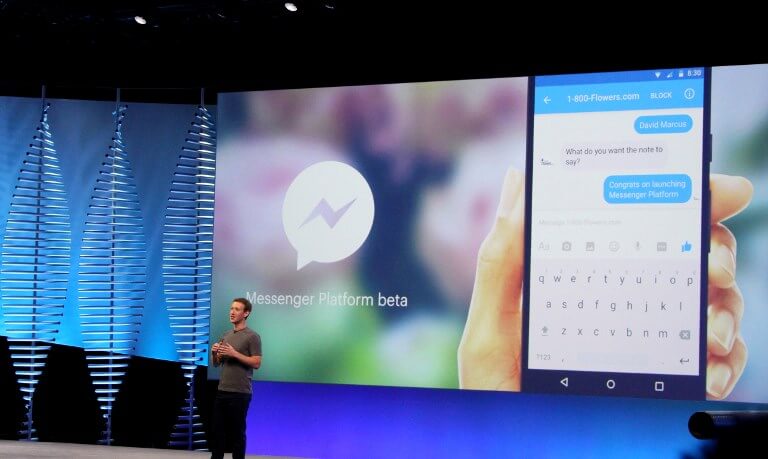How your company should build its chatbots

The rise of artificial intelligence (AI), machine earning (ML) and the deep learning intelligence frameworks that feed off the new neural-machine brains we are building have the power to revolutionize many aspects of business.
Nobody disputes this fact; it’s just the way contemporary software-driven business is going to work.
What is perhaps more open to question is the when, where and what of how these technologies are applied at the coalface of business. Looking specifically at chatbots, many firms will be considering whether or not these should be applied to their current business models.
Bots are now a good thing
Of course, it wasn’t that long ago (in the last decade for sure) that we used the term ‘bot’ to denote some element of malicious viral software designed to wreak havoc upon our systems. But somewhere around the turn of the current decade, the IT industry appeared to rechristen bots as the short form of ‘software robots’ designed to help us human users.
When building chatbots into an operational business model, firms will need to stand back and assess what type of bot interaction they want to offer.
Technology companies that self-style themselves on customer service above all else will often include pop-up ‘can I help you?’ bots on every webpage they present. Obviously, some customers will find that this is overkill, so bots do need to be applied carefully on a case-by-case basis.
Some organizations will find that offering completely automated (i.e. non-human) bot functionality as the first line of defense for all customer queries and interactions works well.
Others will find that there’s a fine line between automated bots and human chat, so knowing where to draw the line in your business plan is a big challenge.
Handoff point
Others still will find that automated bots work fine up until a point, but if the bot is not capable of delivering to a user’s needs, then it should always be capable of performing a so-called ‘handoff’ to a human support professional.
Theoretically, with bots that are built on intelligent software frameworks, a bot should be able to incrementally learn from each handoff it has to succumb to once the human operative details the resolution to the customer query and that information is fed back into the data that the bot has available to it.
So chatbots are not straightforward, which in some senses is surprising, because they have been around for a long time. The concept of the chatbot was first laid down in 1966 by researchers at the Massachusetts Institute of Technology on the Eliza project.
A question of ‘flows’
Human conversations have a ‘flow’; they have a channel, a cadence, a logic, a build process, and a direction. Chatbot conversations also have a ‘flow’, but the flow is often more compacted and somewhat more staccato than a real-world conversation.
Building chatbot software with enough intelligence to understand the difference between the two flows is one of the biggest challenges for developers and programmers in modern times.
Organizations embarking upon their first uses of chatbot technology will also need to think about where it will be integrated into their customer-facing operations. The subtleties of this process are probably a discussion unto itself but suffice to say, the smaller nuances associated with bringing a chatbot online can be some of the biggest challenges.
Chatbot personalities
Deeper into the development of chatbots, organizations will need to ask what kind of ‘personality’ their chatbots are going to have.
As fanciful as it may sound, this is software that needs to exhibit human persona if we are going to expect real human beings to interact with it. Chatbots do indeed talk but, generally speaking, they are there to perform a function, so there’s usually no need for small talk.
Before actually implementing any degree of chatbot technology, one word should feature heavily in any organization’s technology plan: testing.
It is vitally important to test any proposed chatbot implementation not just with staff and chatbot specialists, but also with the target group of users that the chatbot is supposed to serve in the first place.
If companies think about some of these steps and consider that chatbots are in some areas (even all this way since 1966) still-nascent and comparatively embryonic, then this technology stands a greater chance of successful deployment.









